The United States offers bird enthusiasts a remarkable opportunity to witness some of nature’s most impressive aerial predators without requiring international travel. From the iconic Bald Eagle soaring over pristine lakes to the silent nocturnal hunt of the Great Horned Owl, America’s diverse landscapes harbor an impressive variety of raptors. These birds of prey—characterized by their sharp talons, hooked beaks, and exceptional hunting abilities—play crucial roles in their ecosystems as apex predators. Whether you’re an experienced birder or simply appreciate wildlife, knowing which raptors you might encounter in your region adds an exciting dimension to outdoor experiences. Let’s explore ten magnificent birds of prey you can observe across the United States, their distinctive characteristics, and where you’re most likely to spot them.
Bald Eagle (Haliaeetus leucocephalus)
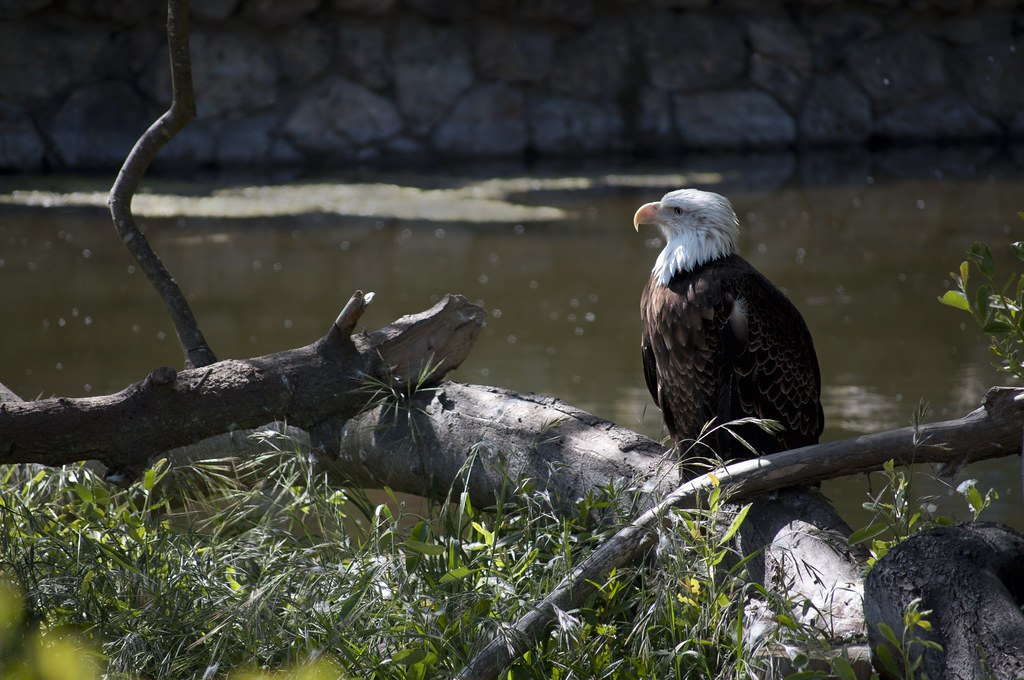
As America’s national bird, the Bald Eagle represents one of the country’s most spectacular conservation success stories. These majestic raptors, with their distinctive white heads and tails contrasting against chocolate-brown bodies, can boast wingspans reaching up to 7.5 feet. Primarily fish eaters, Bald Eagles are typically found near bodies of water such as lakes, rivers, and coastal areas where they can spot prey from heights before executing precise diving attacks. While once endangered due to habitat loss and DDT poisoning, protection efforts have allowed their populations to recover significantly across all 49 continental states, with Alaska hosting the largest concentration. The sight of a Bald Eagle in flight—wings held flat like a board, soaring with minimal flapping—remains one of North America’s most awe-inspiring wildlife experiences.
Red-tailed Hawk (Buteo jamaicensis)
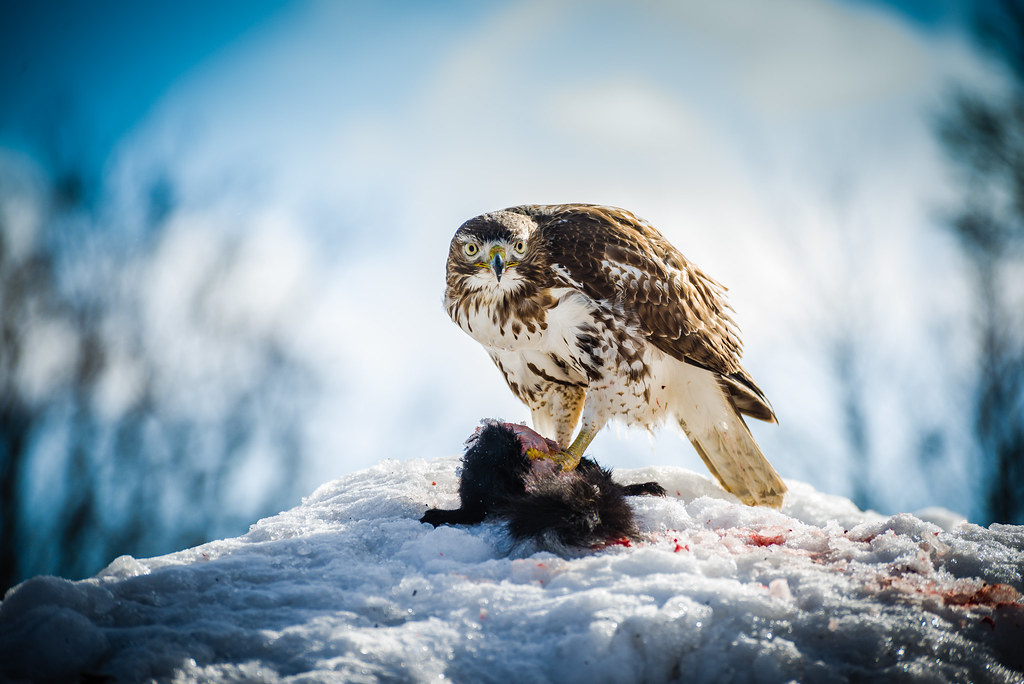
Perhaps the most commonly observed raptor in North America, the Red-tailed Hawk can be spotted perched prominently on telephone poles and fence posts or circling overhead across nearly every U.S. landscape. These adaptable birds are identifiable by their rusty-red tails (visible in adults), broad rounded wings, and stocky build, with females noticeably larger than males. Their diet is remarkably versatile, consisting primarily of small mammals like mice, rabbits, and squirrels, but also including reptiles, other birds, and even carrion when necessary. The Red-tailed Hawk’s distinctive raspy scream—often borrowed by Hollywood as the generic “eagle sound” in films—echoes across open country, suburban areas, and even city parks. Their high adaptability to human-altered environments has allowed them to thrive while many other raptor species struggle with habitat loss.
Peregrine Falcon (Falco peregrinus)
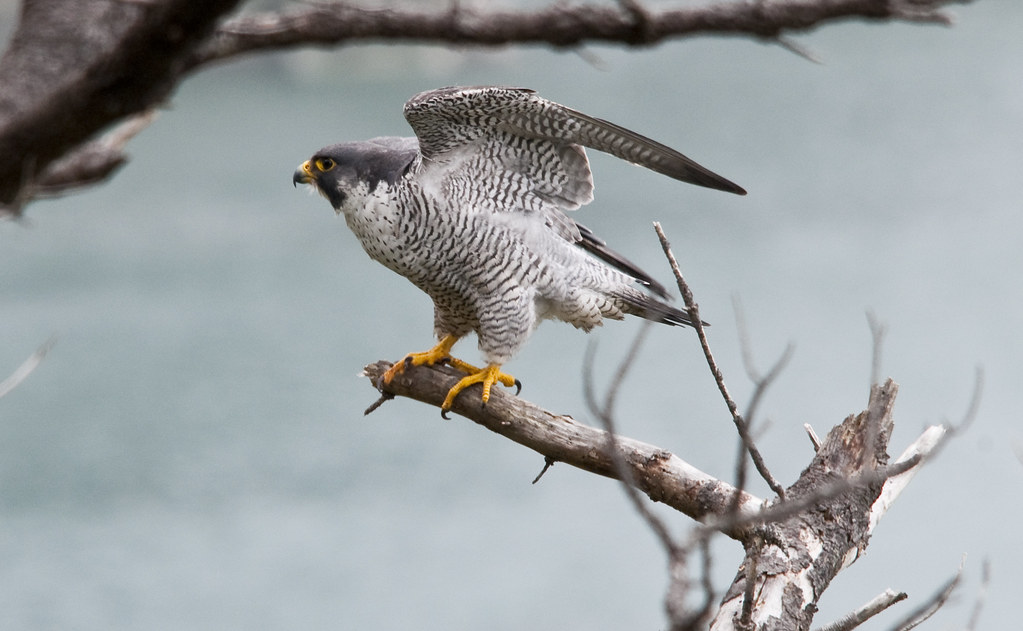
Renowned as the fastest animal on Earth, the Peregrine Falcon can reach astonishing speeds exceeding 240 mph during its hunting stoop—a high-altitude dive toward prey. These medium-sized falcons display slate-gray backs, barred underparts, and distinctive “mustache” markings on their face. Once critically endangered due to DDT contamination, Peregrines have made a remarkable comeback and now inhabit diverse environments from coastal cliffs to urban skyscrapers, which mimic their natural cliff-nesting habitats. Their diet consists almost exclusively of birds caught in mid-air, with Peregrines capable of taking down prey significantly larger than themselves through precision strikes that often kill on impact. Urban birdwatchers can spot these aerial specialists around tall buildings in major cities like New York, Chicago, and San Francisco, where nesting programs have successfully established breeding populations.
Great Horned Owl (Bubo virginianus)
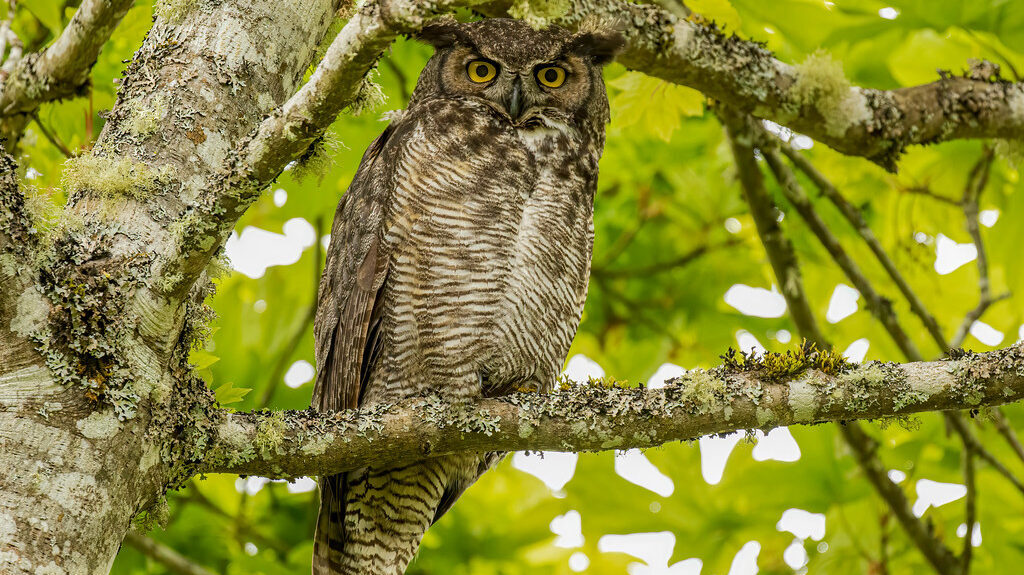
The Great Horned Owl stands as North America’s most widespread and adaptable owl species, recognizable by its large size, prominent ear tufts (which aren’t actually ears), and deep hooting calls that echo through forests on winter nights. These powerful nocturnal hunters feature mottled gray-brown plumage, piercing yellow eyes, and an impressive wingspan reaching up to five feet. Their hunting prowess is legendary—equipped with specialized flight feathers for silent approach and talons that exert a crushing force of approximately 300 pounds per square inch, they can take down prey as large as skunks, raccoons, and other raptors. Great Horned Owls occupy diverse habitats from dense forests to desert canyons and suburban neighborhoods throughout the continental United States. Dawn and dusk offer the best opportunities to spot these magnificent birds perched high in trees or on utility poles scanning for prey.
Osprey (Pandion haliaetus)
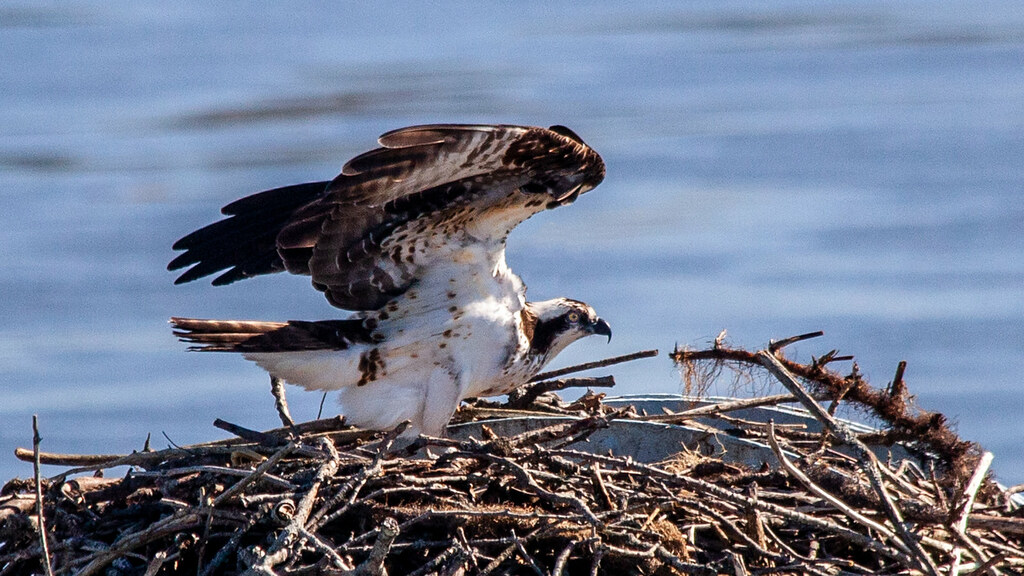
Often called the “fish hawk,” the Osprey has evolved as a specialized fish-hunting machine with remarkable adaptations including reversible outer toes, barbed footpads, and dense, oily plumage that prevents waterlogging during dives. These distinctive raptors display dark brown upperparts contrasting with predominantly white underparts and a characteristic dark eye stripe across their white head. Ospreys execute spectacular hunting dives, plunging feet-first into water from heights of 30-100 feet with success rates approaching 70 percent—far higher than many other fishing predators. Their population has rebounded significantly since DDT bans, with artificial nesting platforms contributing to their recovery along coastlines, lakes, and major rivers throughout the United States. During migration seasons, concentrations of Ospreys can provide spectacular viewing opportunities as they travel between breeding grounds and wintering areas.
Cooper’s Hawk (Accipiter cooperii)
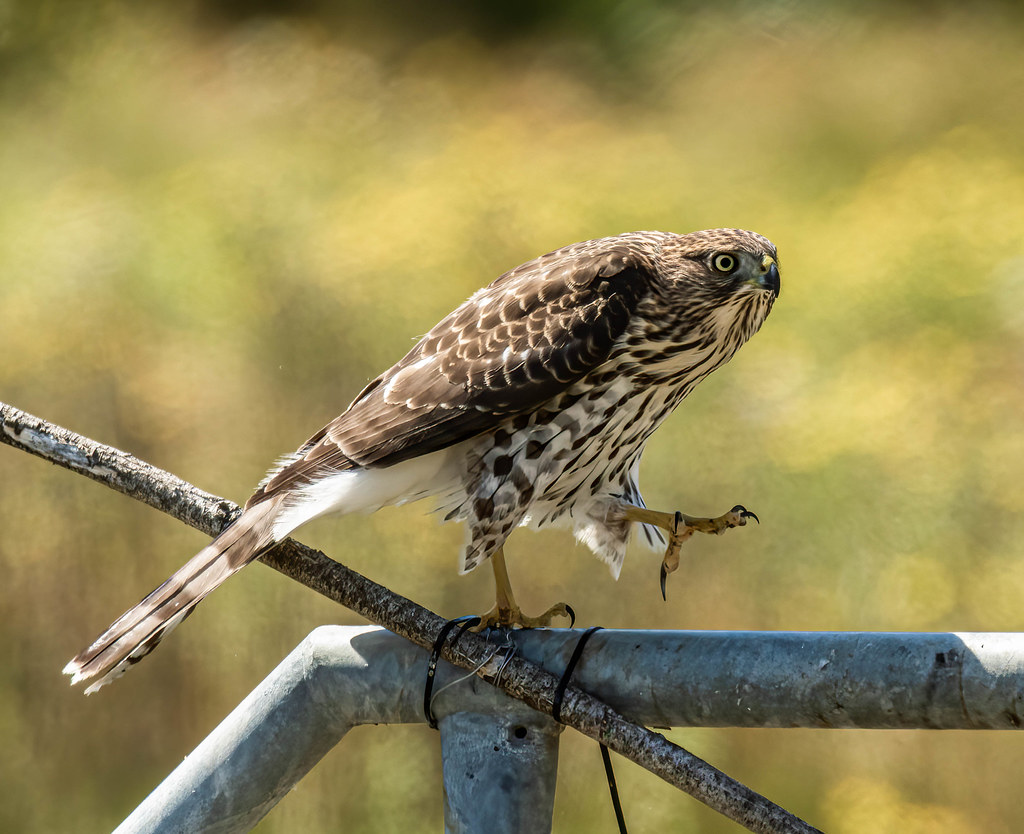
The Cooper’s Hawk represents the quintessential woodland hunter, with a slender build, relatively long tail, and rounded wings perfectly adapted for maneuvering through dense forest canopies at high speed. Adults display bluish-gray upperparts, rusty barring on their underparts, and intense red-orange eyes that contribute to their fierce appearance despite their medium size. These agile predators specialize in hunting other birds, employing surprise attacks and impressive aerial agility to capture everything from songbirds to doves and even smaller raptors. Once persecuted and in decline, Cooper’s Hawks have demonstrated remarkable adaptability to suburban environments, where bird feeders concentrate potential prey and mature trees provide nesting sites. Their increasing presence in residential areas means backyard birdwatchers across the continental United States now regularly observe these dynamic hunters, though their stealthy nature often makes them visible only during brief hunting rushes.
American Kestrel (Falco sparverius)
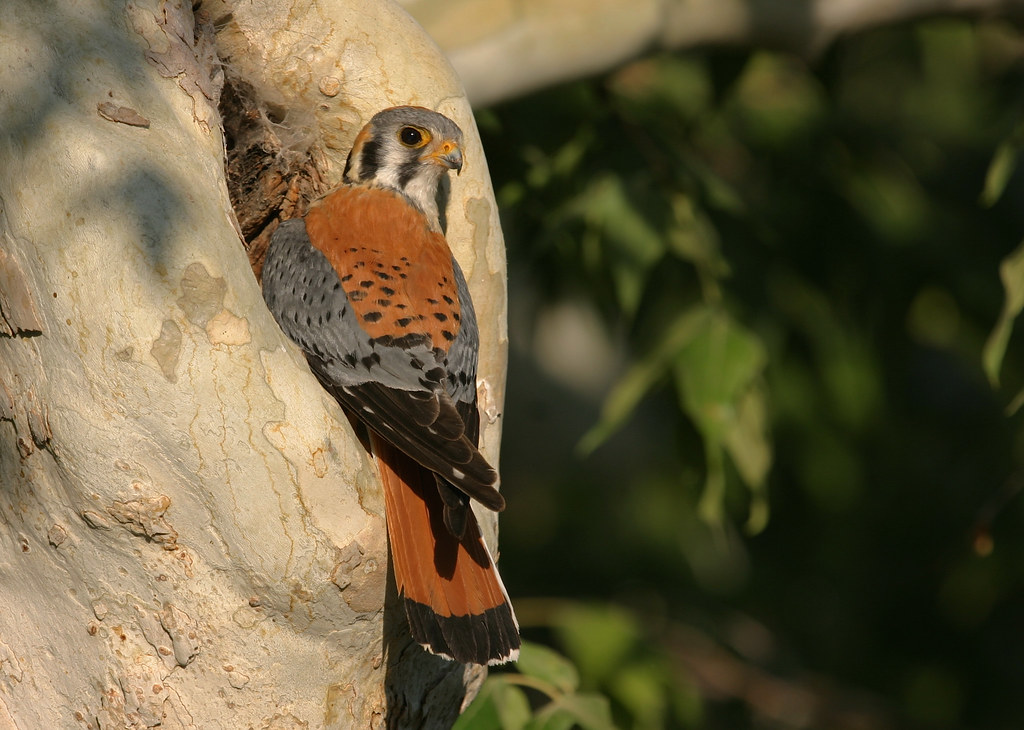
As North America’s smallest and most colorful falcon, the American Kestrel combines delicate beauty with formidable hunting skills in a package roughly the size of a Mourning Dove. Males sport slate-blue wings, rusty backs and tails, and distinctive black “sideburns,” while females display more uniform rusty plumage with barred wings and tail. These diminutive raptors employ a characteristic hunting technique of hovering in place—often along roadways—before diving on small prey including insects, mice, lizards, and occasionally small birds. Despite their widespread distribution across varied habitats throughout the United States, Kestrel populations have declined by nearly 50 percent since the 1960s due to habitat loss and pesticide use. Conservation efforts now include nest box programs that compensate for the disappearance of natural cavities in dead trees, offering birdwatchers increased opportunities to observe these charismatic “sparrow hawks” in both rural and suburban settings.
Golden Eagle (Aquila chrysaetos)
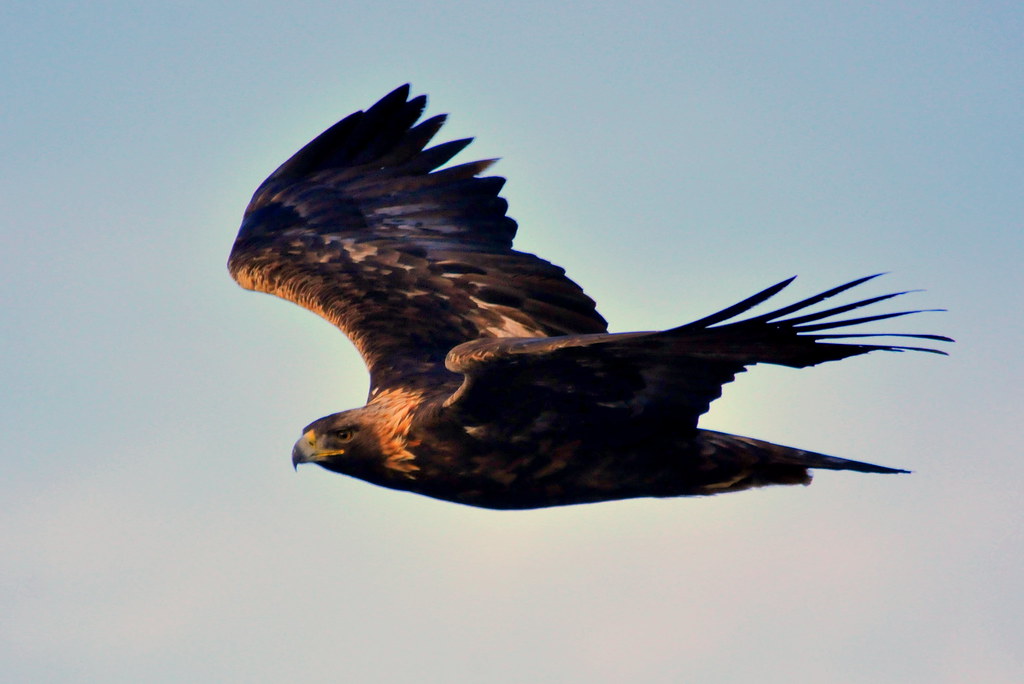
The Golden Eagle represents one of North America’s largest and most powerful birds of prey, with females weighing up to 14 pounds and wingspans approaching eight feet. These magnificent raptors display dark brown plumage with a distinctive golden nape that gives them their name, though juvenile birds show striking white patches at the base of their tail and wings. Unlike Bald Eagles, Golden Eagles primarily inhabit open country, particularly the mountainous regions and high deserts of western North America where they hunt mammals ranging from jackrabbits to marmots and occasionally young ungulates like deer fawns. Their hunting strategy often involves pairs working cooperatively, with one bird flushing prey toward the waiting partner. While less common than many other raptors on this list, dedicated wildlife watchers can observe Golden Eagles in national parks throughout the western states, with winter offering increased sighting opportunities when northern birds migrate south.
Turkey Vulture (Cathartes aura)
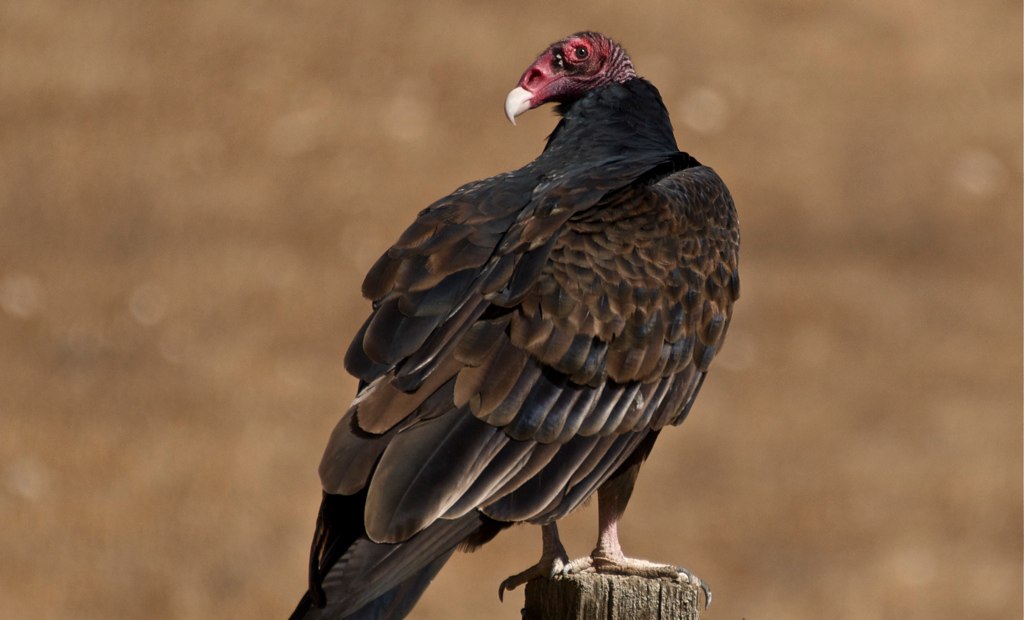
While sometimes overlooked among more glamorous raptors, Turkey Vultures play a crucial ecological role as nature’s cleanup crew and deserve appreciation for their specialized adaptations. These large birds are instantly recognizable by their featherless red heads, dark brown-black plumage, and distinctive V-shaped flight silhouette as they hold their wings in a slight dihedral while soaring. Unlike most birds of prey, Turkey Vultures locate food primarily through an extraordinary sense of smell, detecting the ethyl mercaptan produced by decaying carcasses from over a mile away. Their habit of soaring on thermal updrafts with minimal wing-flapping makes them a common sight across all U.S. states except Alaska, particularly in warmer months before northern populations migrate south for winter. Conservation efforts have helped Turkey Vulture populations increase across much of their range, offering bird enthusiasts ample opportunities to appreciate these masters of efficient flight as they perform their ecological sanitation services.
Barred Owl (Strix varia)
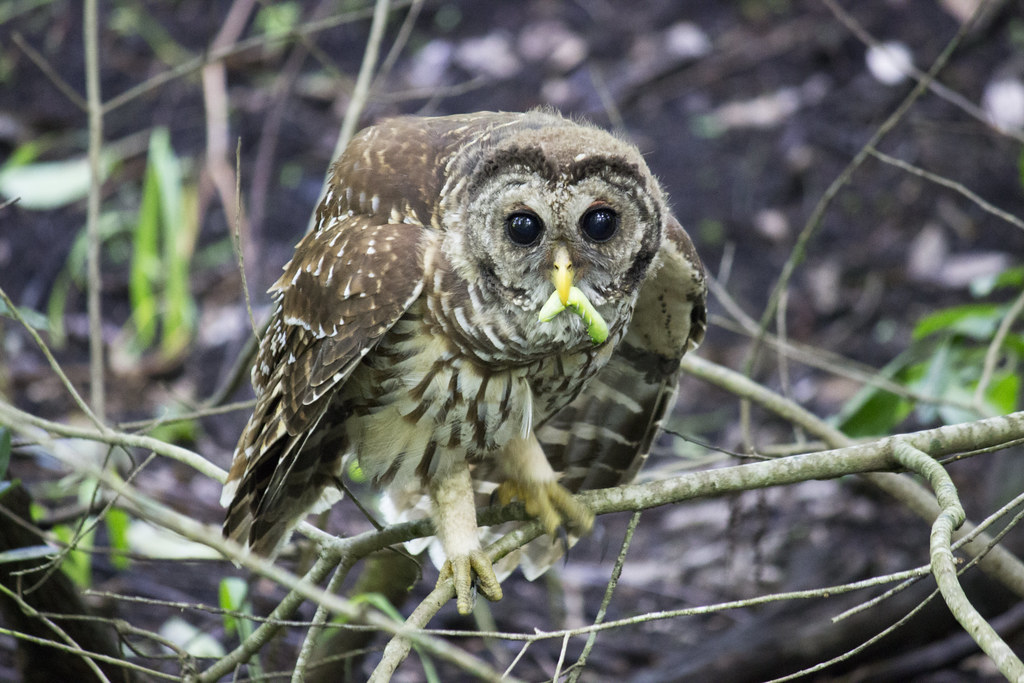
The Barred Owl’s distinctive call—often described as “who cooks for you, who cooks for you-all”—provides one of the most recognizable sounds in eastern woodlands, though these vocal raptors have expanded their range westward in recent decades. Medium to large in size, these handsome owls lack ear tufts and feature brown and white barring across their chest (giving them their name) with dark brown eyes unlike most owl species. Primarily nocturnal hunters, Barred Owls pursue a diverse diet including small mammals, birds, amphibians, reptiles, and even fish and crayfish when hunting near water. Their preferred habitat includes mature forests with large trees for nesting, typically near water sources such as swamps, streams, or lakes throughout the eastern United States, though their range now extends to the Pacific Northwest. Daytime observers can sometimes spot Barred Owls roosting in dense foliage or tree cavities, particularly if alerted to their location by the mobbing behavior of smaller birds harassing these potential predators.
Swainson’s Hawk (Buteo swainsoni)
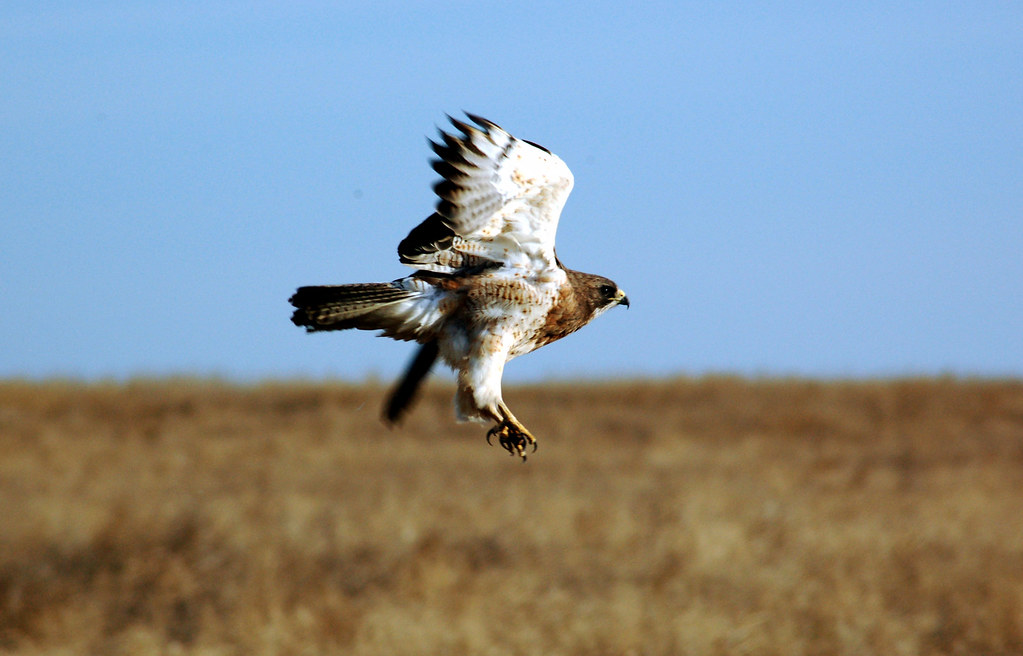
The Swainson’s Hawk demonstrates one of the most remarkable migration journeys among North American raptors, traveling in flocks numbering thousands between breeding grounds in western North America and wintering areas in Argentina—a round trip exceeding 12,000 miles annually. These elegant, medium-sized buteos display variable plumage but typically show a distinctive dark “bib” on their chest, with light-morph birds featuring white underbellies and dark flight feathers creating a characteristic two-toned underwing pattern. During breeding season, these social hawks concentrate in open grasslands, agricultural areas, and prairies across western states, where they primarily hunt small mammals and large insects. Their diet undergoes a fascinating seasonal shift, focusing heavily on grasshoppers and dragonflies during migration—a behavior rarely seen in other raptors of similar size. Conservation concerns include habitat loss in both breeding and wintering grounds, though protected status has helped stabilize populations in many regions.
Conservation and Observation Ethics
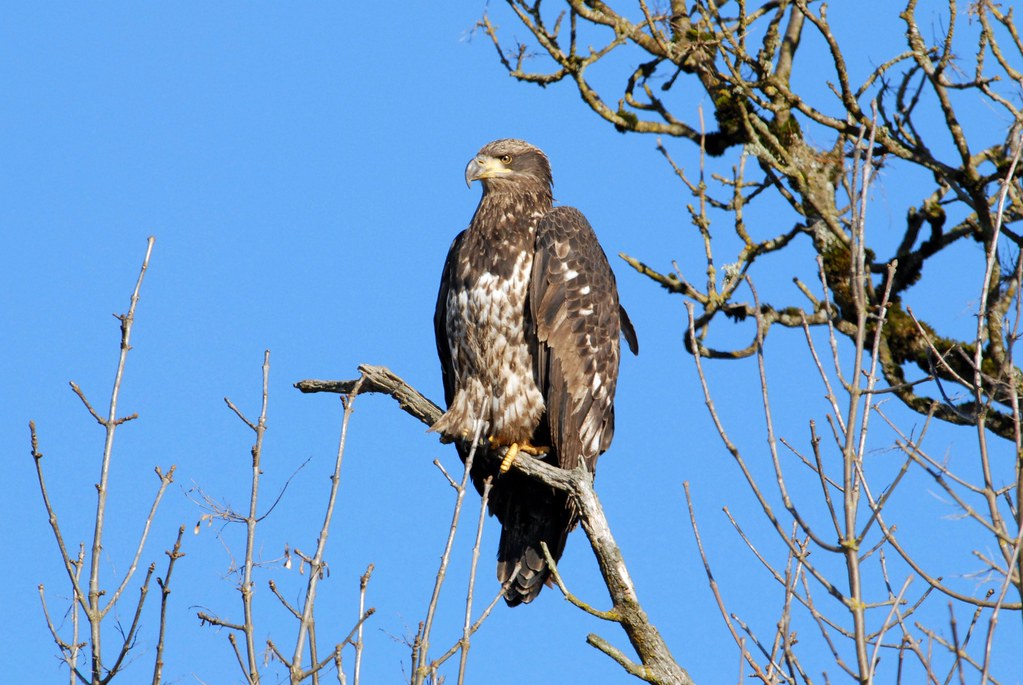
When seeking to observe these magnificent birds of prey, responsible wildlife enthusiasts should maintain appropriate distances that prevent disturbance to hunting, nesting, or roosting behaviors. Quality binoculars or spotting scopes allow for detailed observation without approaching too closely, particularly during sensitive breeding seasons when disturbance might cause nest abandonment. Many raptor species remain protected under federal laws including the Migratory Bird Treaty Act and Bald and Golden Eagle Protection Act, making it illegal to possess feathers, eggs, or nests without special permits. Conservation organizations nationwide offer guided raptor watches during migration periods, providing excellent opportunities to learn identification skills from experienced birders while contributing to citizen science monitoring efforts. Supporting habitat conservation initiatives through organizations like The Peregrine Fund, Hawk Mountain Sanctuary, and local Audubon chapters helps ensure these magnificent aerial predators will continue thriving across American skies for future generations to enjoy.
America’s diverse landscapes provide habitat for an impressive variety of birds of prey, each adapted to specific ecological niches and hunting strategies. From the lightning-fast dive of the Peregrine Falcon to the silent flight of owls and the soaring majesty of eagles, these raptors offer some of nature’s most dramatic displays of power, precision, and adaptation. By familiarizing yourself with the species in this guide, you’ll enhance your outdoor experiences whether exploring remote wilderness areas or simply glancing skyward during your daily commute. As you develop your raptor identification skills, you’ll gain a deeper appreciation for these remarkable birds and their crucial roles in maintaining healthy ecosystems. The opportunity to observe such magnificent predators in their natural habitats represents one of the unique privileges of exploring America’s wild spaces—no passport required.
